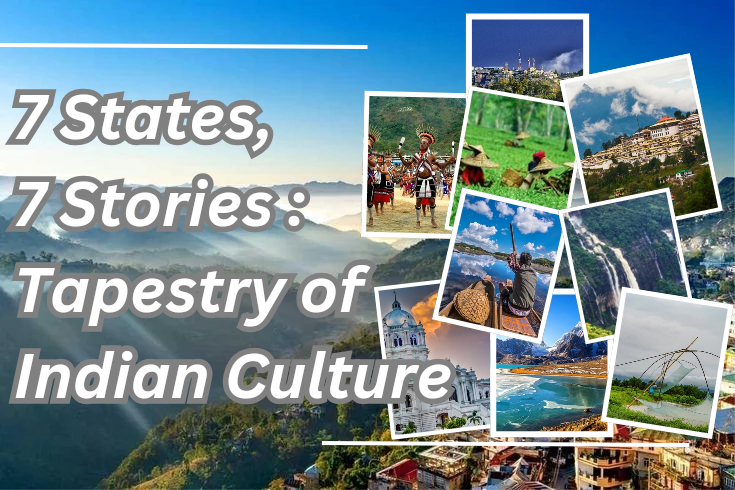Have you ever heard of the 7 Sisters of India? Located in the country’s northeastern corner, these seven states—Arunachal Pradesh, Assam, Manipur, Meghalaya, Mizoram, Nagaland, and Tripura—offer a unique blend of cultures, landscapes, and traditions that set them apart from the rest of the country.
Frequently missed in popular discussions, these states reveal a captivating view of India’s diverse traditions and landscapes. Each one has its own special identity, but they all come together through a vibrant cultural heritage and breathtaking scenery.
Also, don’t forget about their ‘one brother,’ Sikkim, which adds its own unique charm and magnificence to this remarkable region.
Explore the stories of 7 sisters of India Through This Blog.
From the snow-capped peaks of the Himalayas to the lush green valleys of the Brahmaputra, these states are a treasure trove of natural beauty and cultural diversity. Join us on a journey to discover the captivating stories of these 7 sisters and the hidden gems they hold.
Arunachal Pradesh: The Land of the Rising Sun
The first sister of 7 sisters of India is Arunachal Pradesh, the easternmost state of India, which is known as the “Land of Rising Sun” due to its strategic location. The breathtakingly beautiful state shares its borders with Bhutan, China, and Myanmar.
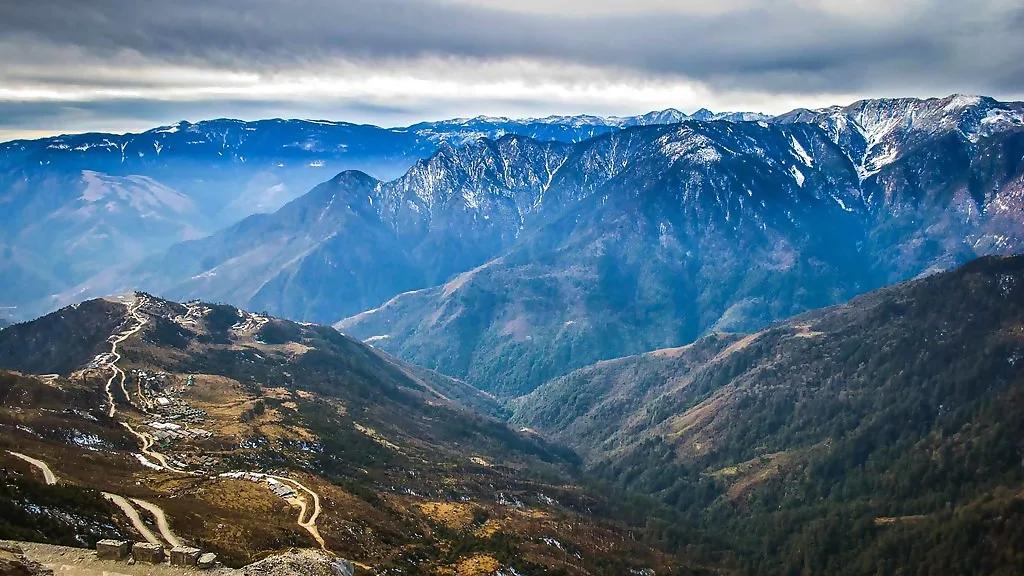
This state is home to diverse tribes, each with its own unique culture, language, and traditions. It also has the majestic Tawang Monastery, the largest in India and the second-largest in the world.

Additionally, the sister state of 7 sisters of India has Ziro Valley, a UNESCO World Heritage site, which is celebrated for its beautiful landscapes and the fascinating culture of the Apatani tribe, making it a truly serene destination.
In Arunachal Pradesh, you’ll find the magnificent Sela Pass, a mountain pass at a high altitude that offers incredible vistas. The best months to visit are from October to April, as the weather during this time is cool and delightful, ideal for both sightseeing and trekking adventures.
Moreover, the intriguing legend surrounding the establishment of the Tawang Monastery by Merag Lama Lodre Gyamtso in 1681 brings a unique historical charm to this enchanting region.
Assam: The Gateway to the Northeast
Assam, positioned south of the eastern Himalayas, is a state that offers a wealth of attractions and a vibrant heritage. It is celebrated for its expansive tea gardens, producing some of the finest tea in the world.
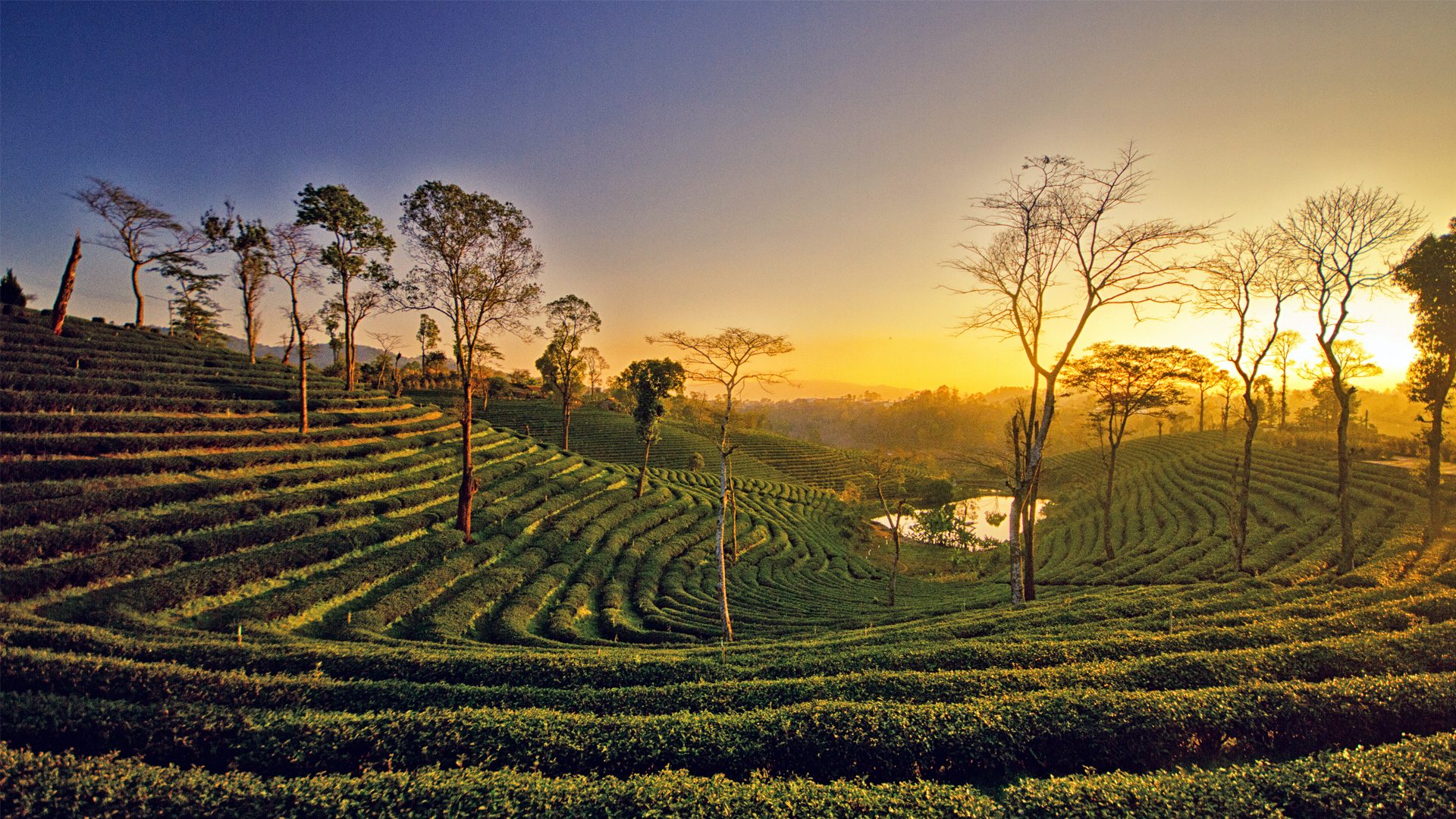 The majestic Brahmaputra River flows through the state, enhancing its gorgeous landscape. Additionally, Assam boasts Kaziranga National Park, famous for its one-horned rhinoceros, and Majuli Island, the largest river island globally, known for its vibrant cultural scene and numerous satras (monasteries).
The majestic Brahmaputra River flows through the state, enhancing its gorgeous landscape. Additionally, Assam boasts Kaziranga National Park, famous for its one-horned rhinoceros, and Majuli Island, the largest river island globally, known for its vibrant cultural scene and numerous satras (monasteries).
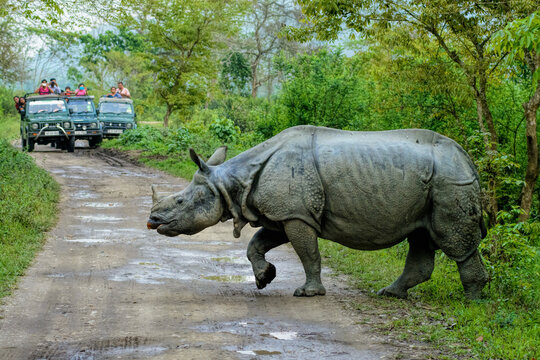
The Kamakhya Temple, a significant pilgrimage site, is immersed in legend and spirituality and is located in Assam as well.
 The best time to visit Assam is from November to April, avoiding the monsoon season when the Brahmaputra River can flood. With its rich wildlife, vibrant festivals, and historical significance, Assam is the gateway to the enchanting Northeast.
The best time to visit Assam is from November to April, avoiding the monsoon season when the Brahmaputra River can flood. With its rich wildlife, vibrant festivals, and historical significance, Assam is the gateway to the enchanting Northeast.
Check out more about the holy Kamakhya Devi Temple: – https://itihaaskikhoj.in/historical-kamakhya-devi-temple-assams-divine-feminine-power/
Manipur: The Jewel of India
Manipur, often referred to as the Jewel of India is a state of stunning natural beauty and rich cultural heritage. Bordered by Nagaland, Mizoram, Assam, and Myanmar, Manipur is known for its classical dance form, Manipuri, and its vibrant festivals.
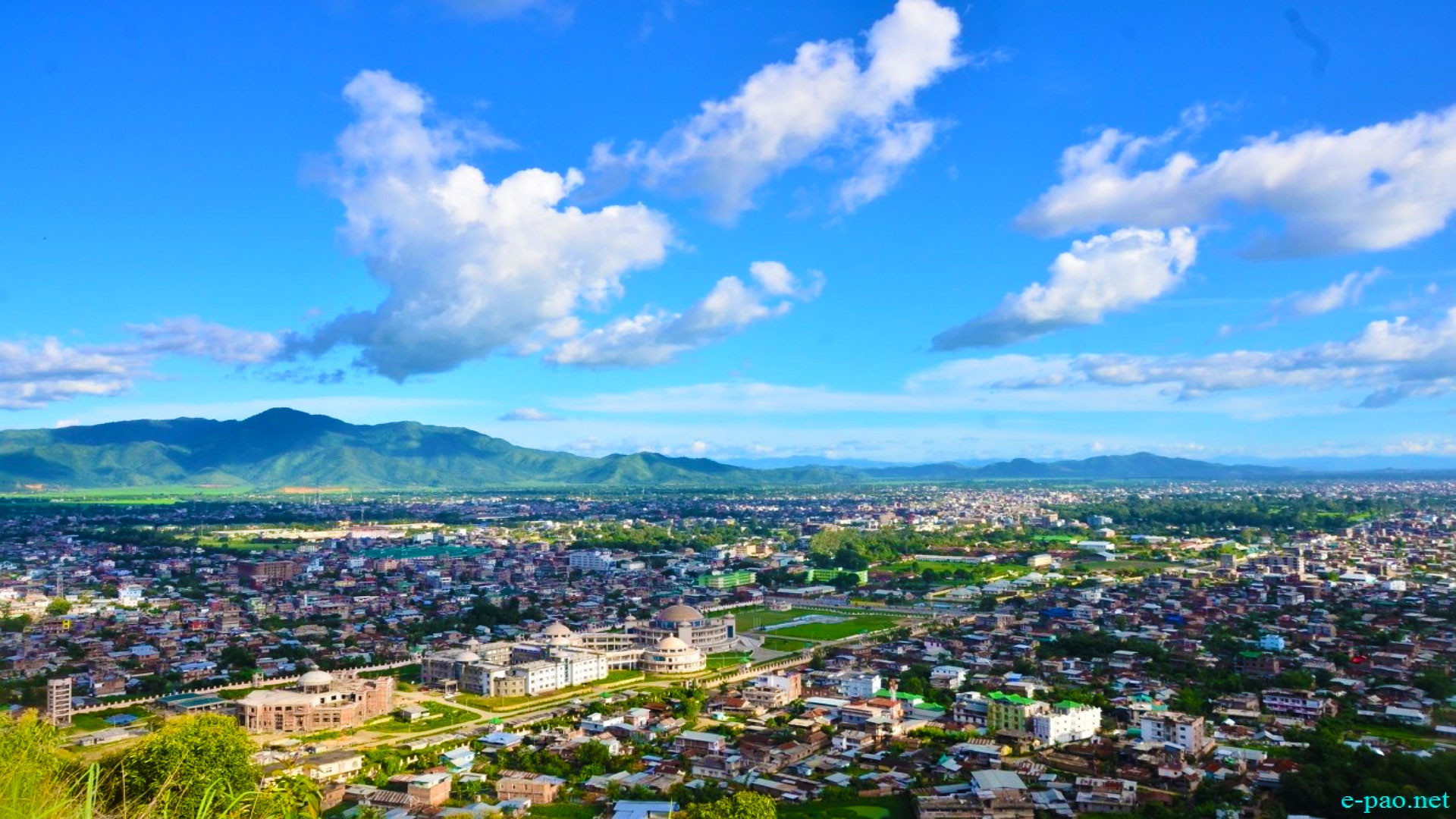 In Manipur, you’ll discover Loktak Lake, the only floating lake on the planet, and Keibul Lamjao National Park, where the endangered Sangai deer can be spotted. The stunning Kangla Fort in Imphal also showcases the historical importance of this vibrant state.
In Manipur, you’ll discover Loktak Lake, the only floating lake on the planet, and Keibul Lamjao National Park, where the endangered Sangai deer can be spotted. The stunning Kangla Fort in Imphal also showcases the historical importance of this vibrant state.
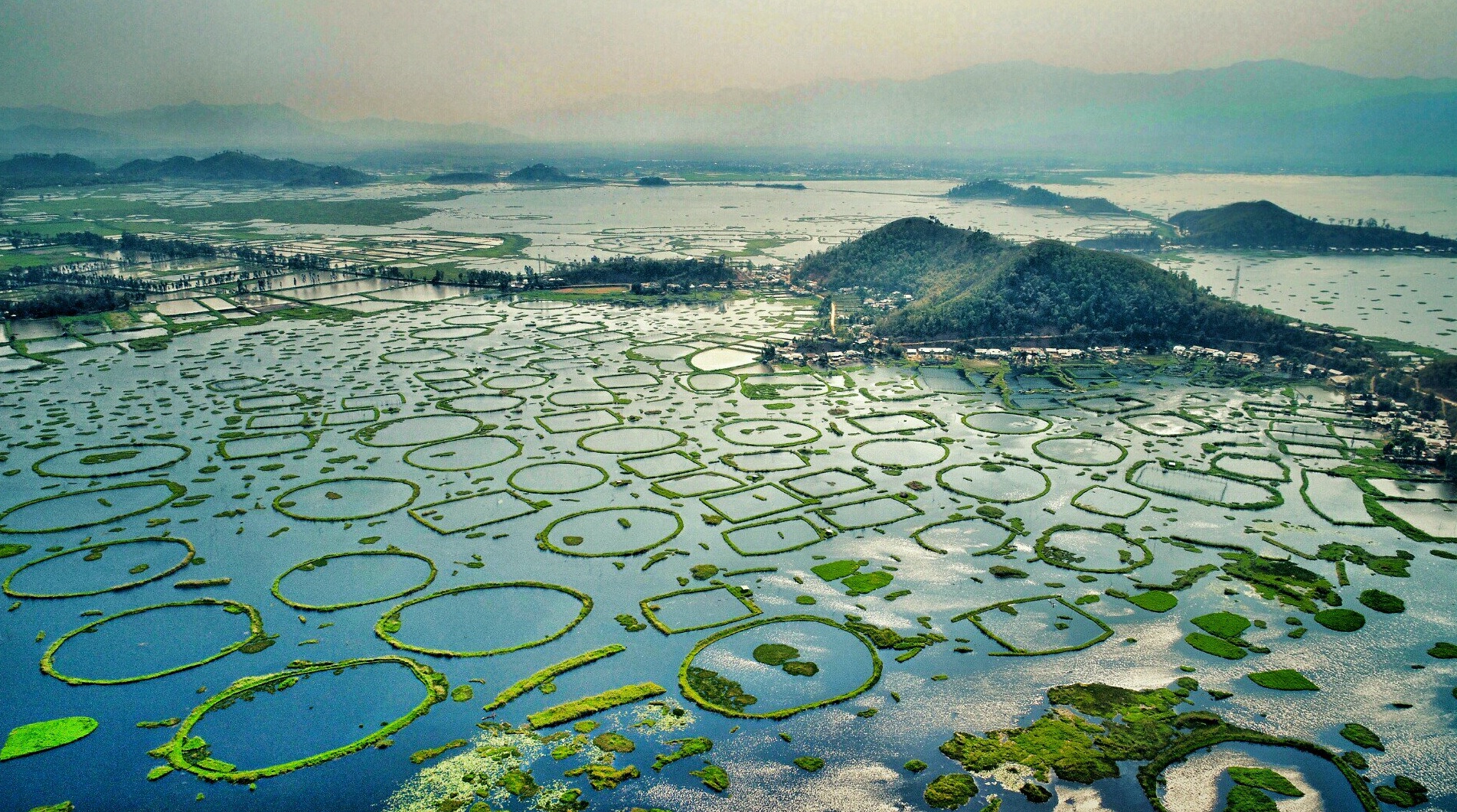 If you’re planning a trip to Manipur, the best months to go are from October to March, when the climate is comfortable and great for sightseeing. Also, while visiting the beautiful state, do not forget to try the famous authentic foods like Chamthong, Eromba, and the sweet dish Chak-hao Kheer.
If you’re planning a trip to Manipur, the best months to go are from October to March, when the climate is comfortable and great for sightseeing. Also, while visiting the beautiful state, do not forget to try the famous authentic foods like Chamthong, Eromba, and the sweet dish Chak-hao Kheer.
The captivating story behind the Khamba-Thoibi dance, a beloved traditional dance form, brings an element of romance and devotion to the state’s cultural scene. With its beautiful scenery and rich traditions, Manipur is definitely a place worth visiting.
Meghalaya: The Abode of Clouds
Another of 7 sisters in India is Meghalaya. Aptly named the Abode of Clouds, is a state of lush green landscapes and unique cultural practices. Located south of Assam and sharing a border with Bangladesh, Meghalaya is famous for its living root bridges, high rainfall, and matrilineal society.
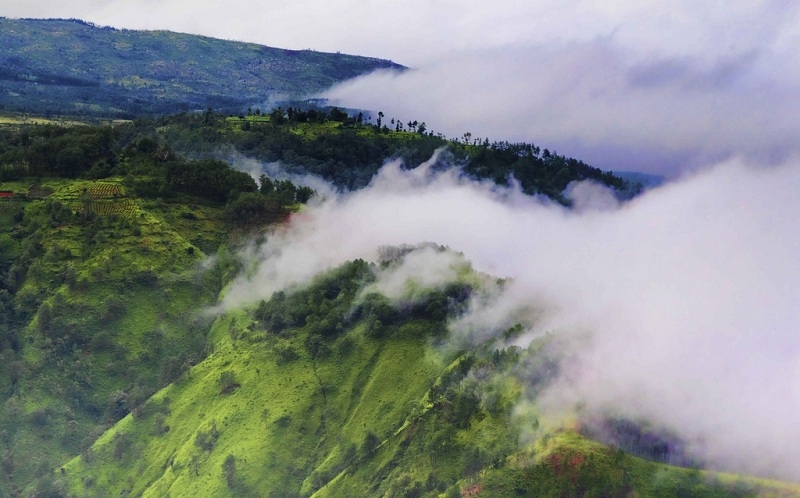 The gorgeous state is home to Cherrapunji, one of the wettest places on Earth, offering breathtaking views and numerous waterfalls. Not only that, it also has Mawlynnong, the cleanest village in Asia, showcasing the state’s commitment to cleanliness and eco-friendly practices.
The gorgeous state is home to Cherrapunji, one of the wettest places on Earth, offering breathtaking views and numerous waterfalls. Not only that, it also has Mawlynnong, the cleanest village in Asia, showcasing the state’s commitment to cleanliness and eco-friendly practices.
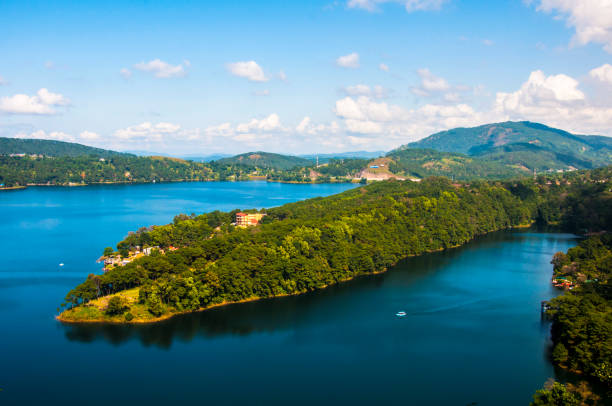
If you’re in Shillong, the capital of the state, don’t miss the chance to visit Umiam Lake. This beautiful lake, encircled by lush green hills, offers spectacular scenery and a range of fun activities. You can go boating, swim, fish, or simply lounge by the lakeside and enjoy the peaceful surroundings. Umiam Lake is truly a wonderful spot to relax and reconnect with nature.
The ideal time to explore Meghalaya is between October and June, when the post-monsoon period showcases vibrant landscapes and delightful weather. Moreover, the fascinating tale of U Then, a serpent demon, along with the courage of the Khasi people who triumphed over it, adds a magical charm to Meghalaya’s appeal.
Also check our blog: https://itihaaskikhoj.in/sacred-steps-to-moksha-chardham-yatra/
Mizoram: The Land of the Hill People
Mizoram, known as the Land of the Hill People, is a state of rolling hills, dense bamboo forests, and vibrant festivals. Bordered by Myanmar and Bangladesh, Mizoram is famous for its beautiful landscapes and rich cultural heritage.
Additionally, the state joyfully celebrates festivals such as Chapchar Kut and Mim Kut. Some of the main highlights include the stunning Phawngpui National Park, often referred to as the Blue Mountain, the breathtaking Vantawng Falls, and the delightful town of Aizawl.
The story of Chawngchilhi Puk, a cave believed to be the home of a beautiful maiden who turned into a serpent, is a well-known legend in Mizoram.
For the best experience, plan your visit to Mizoram from November to March. During these months, the weather is comfortably mild, ideal for taking in the breathtaking natural beauty of the state. Mizoram’s intriguing mix of culture, nature, and folklore makes it a must-see destination.
Also, read: – https://itihaaskikhoj.in/the-worlds-largest-hindu-temples/
Nagaland: The Land of Festivals
Nagaland, affectionately called the Land of Festivals, is one of the 7 sisters of India. It is rich in tribal culture and lively traditions. Surrounded by Assam, Arunachal Pradesh, Myanmar, and Manipur, it is well-known for its colorful celebrations.
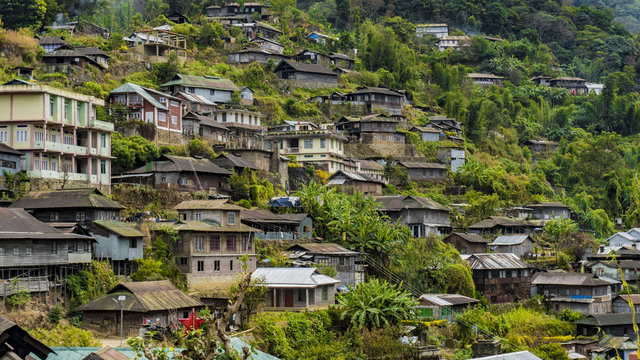
One of the most celebrated festivals in Nagaland is the Hornbill Festival, which takes place every December in Kisama Heritage Village. This vibrant festival highlights the rich traditions, dances, music, and crafts of the 16 major tribes of Nagaland. Other significant festivals worth mentioning are Sekrenyi, Moatsu Mong, and Bushu, each showcasing the distinct customs and agricultural practices of various tribes.

If you’re looking for a beautiful destination, the Dzukou Valley, with its incredible views and seasonal flowers, should be on your list. Also, take the time to visit the Kohima War Cemetery, a poignant tribute to the soldiers of World War II.

Have you heard of the headhunting tribes? They collect the heads of their enemies as trophies, which adds a fascinating historical dimension to Nagaland’s cultural representation. With its vibrant festivals and scenic beauty, Nagaland is a land of endless discovery.
For those looking to visit 7 sisters and especially Nagaland, the period from October to May is the most favorable, particularly because of the popular Hornbill Festival held in December.
Tripura: The Land of Twisting Rivers
The last sister of 7 sisters of India, Tripura, is also known as the Land of Twisting Rivers. A state of palaces, temples, and rich cultural heritage which is bordered by Bangladesh, Assam, and Mizoram, it is famous for its bamboo and cane handicrafts.

Tripura is most famous for its Tripura Sundari Temple. Dedicated to the goddess Tripura Sundari, this Hindu temple is an important pilgrimage location and a testament to the state’s cultural and spiritual legacy. Its stunning architecture and peaceful ambiance draw worshippers from across India.
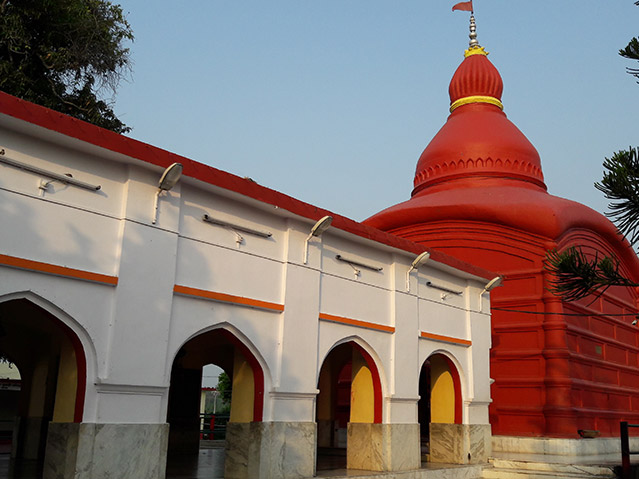
Also, do not forget to try Tripura’s food, it is a charming blend of flavors, shaped by the influences of nearby regions. Some popular dishes to savor include Mujar, a spicy fish curry, the traditional Tripuri Thali, Bora, which are delicious deep-fried fritters, and traditional sweets like Malpuas and Til laddoo.
If you’re planning a trip to Tripura, the best months to go are from October to March, when the weather is lovely and perfect for exploring. The state’s rich history, cultural diversity, and breathtaking scenery make it an alluring destination.
Now these 7 sisters of India have one brother, ‘Sikkim’. Let’s get to know about another beautiful state and plan a trip to the northeastern states of India to have a lifetime experience.
Sikkim: The One Brother
Sikkim, the ‘one brother’ among the 7 Sisters, is a state of stunning landscapes and spiritual significance. Bordered by Tibet, Bhutan, Nepal, and West Bengal, Sikkim is known for its Buddhist monasteries, vibrant festivals, and eco-friendly practices.
Major attractions include the Rumtek Monastery, Tsomgo Lake, Nathula Pass, and the capital city, Gangtok. The Kanchenjunga National Park, a UNESCO World Heritage site, is a major draw for nature lovers.
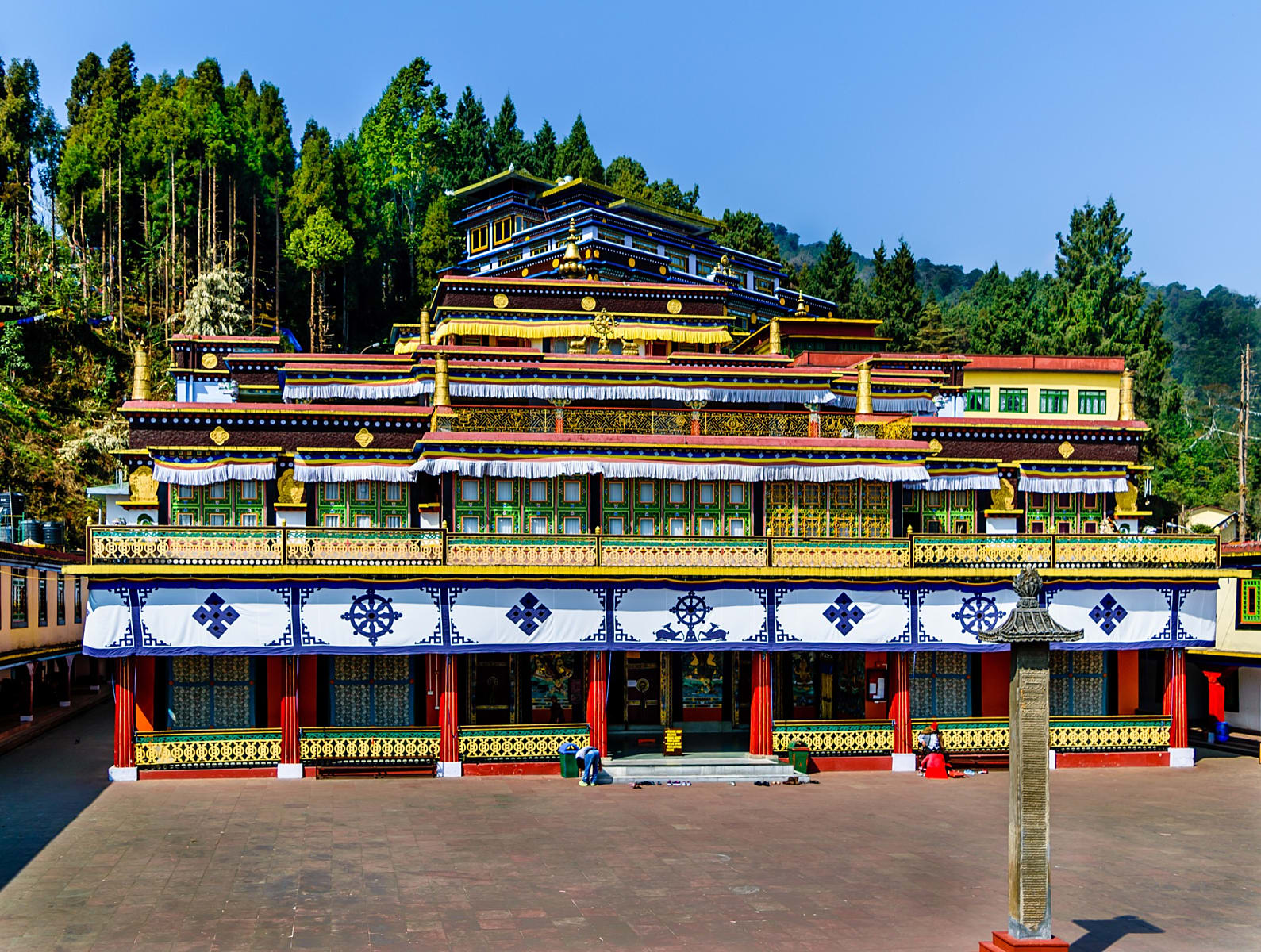
The legend of Guru Rinpoche, who is believed to have blessed Sikkim in the 8th century, adds a spiritual dimension to the state’s heritage.
The best time to visit Sikkim is from March to June and September to December, with clear skies and pleasant weather perfect for sightseeing and trekking. Sikkim’s charm and splendor make it a perfect complement to the Seven Sisters.
Conclusion
As we explored the 7 Sisters and Sikkim, we have uncovered a vibrant array of cultures, traditions, and histories. Each state, from Arunachal Pradesh to Tripura, along with Sikkim, uniquely contributes to the rich diversity of India’s northeastern region. This journey through the blog highlights the importance of preserving and celebrating their distinct identities. We hope you’ve liked the blog and started thinking about planning a trip to the beautiful part of our country. Do check out our website ‘itihaaskikhoj’ for more such blogs.

